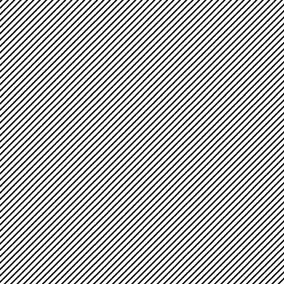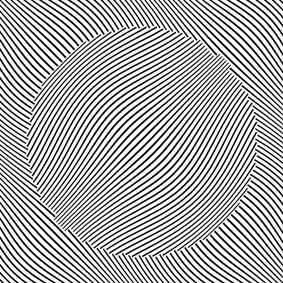Technology of protection of printed matter HIDE IN VIEW
All of us have got used to see decorative guilloche-elements, engraving style, the microtext and complex vector grids on securities. All these elements give to the document the external importance and solidity, and, of course, it is clear to everyone that to create, and moreover, to repeat such a layout, is not very simple. Thus the essence of protective effect of all the above mentioned elements is expressed by three key rules:
1. The elements of a pattern should be thin enough so that at scanning there would be a maximum number of errors and discrepancies.
2. The elements of a pattern should be complex and not regular so that there would be difficult to repeat, outline, duplicate or retouch them.
3. The elements of various colors should be applied against each other so that after scanning them it would be impossible to divide them into different layers.
In order that the well known protective elements would be not only decorative, but also bore a real protective function, it is not sufficient just to acquire expensive programs. It is necessary to understand manufacturing technologies and know well the capabilities of modern copying equipment. Inexperienced experts frequently maintain that protective elements are by all means the vector graphics. Such a mistake is easily dismissed if one knows that any kind of graphics, before getting onto the typographic plate, is transformed to a one-bit image with high resolution. The end result of work with the program MATRIX® is that one-bit image with high resolution, but at the same time the uniqueness of the generated pattern is incomparably higher, and the procedure of its creation is no more complex than the output of the image on a usual RIP station.
The feature of technology Hide In View is that externally a color or monophonic picture does not differ in any way from that which was screened in a usual way, but the latent deformations of geometrical structure of a raster do not repeat at usual copying. Having the printed sample, it is impossible to distinguish the additional image defining geometrical distortions, but it is easily possible to notice its display in moire at applying a special verifying film. The verifying film will help to define authenticity, but in no way will help to make a forgery.
 |
 |
|
Verifying grid showing the latent image on the original (Increased) |
Verifying grid revealing differences from original structure (Increased) |
High uniqueness of the generated pattern tells that the relative area of each element of a pattern is determined by the tonal gradation of the screened image, the form of each element is determined by the content of the second image, and the displacement of coordinates of each element is determined by the content of the third image or the mathematical formula. If you screen the color image at ruling 133 lpi, each square inch will contain more than 70 000 unique elements!
 |
|
Fragment of the image screened by program MATRIX® (Increased) |
One more important feature of the program is the possibility to transfer the maximum number of fine details at a raster large enough. If the initial file at the resolution of 600 dpi contained the readable and contrasting text (for example, in black and white, font - "Arial", height - 1,5 points or 0,38 mm, all capital letters) you can read it on the printed sample either, not regarding that the established ruling was only 133 lpi.
 |
 |
|
Fragment of the input image. Font size – 1.5 points (0,38 mm), the resolution – 600 dpi (Increased) |
Fragment of the image screened by program MATRIX®. Ruling - 133 lpi (Increased) |
The most usual at first sight image may contain one more or two latent images..
The display of latent images at imposing a verifying grid with the undistorted structure occurs because of the arising effect of moire. In perpendicular directions two different latent images may be shown.